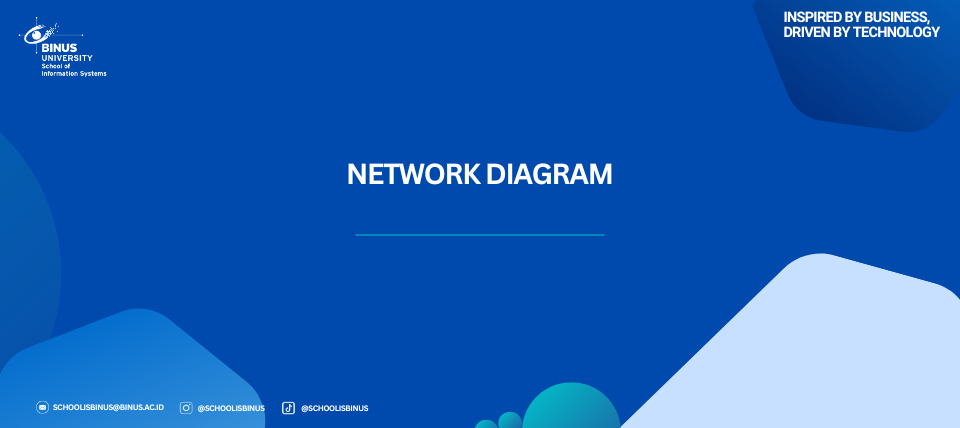Network Diagram

Network diagrams are visual representations of the logical relationships and sequencing among project activities. They are essential tools in project management for planning, scheduling, and monitoring project progress.
Purpose of Network Diagrams
- Visual Representation: Network diagrams provide a clear visual layout of project activities and their interdependencies, making it easier for project managers and stakeholders to understand the flow of work.
- Activity Sequencing: They illustrate the order in which activities must be performed, helping to identify the critical path and any potential bottlenecks in the project schedule.
- Facilitate Communication: By presenting information visually, network diagrams enhance communication among team members and stakeholders, ensuring everyone has a shared understanding of the project timeline and dependencies.
- Support Scheduling Techniques: Network diagrams are foundational for applying scheduling techniques such as the Critical Path Method (CPM) and Program Evaluation and Review Technique (PERT), which help in estimating project duration and managing resources effectively.
Types of Network Diagrams
There are two primary methods for creating network diagrams:
Activity-on-Arrow (AOA) Diagrams:
- In this method, activities are represented by arrows, and the nodes (points) indicate the start and end of these activities.
- The arrows show the direction of the workflow, and the nodes represent milestones or events in the project.
- AOA diagrams typically use only finish-to-start dependencies, meaning that one activity must finish before the next can start.
Precedence Diagramming Method (PDM):
- This method represents activities as boxes (or nodes) and uses arrows to show the relationships between them.
- PDM allows for more flexibility in representing different types of dependencies, including finish-to-start, start-to-start, finish-to-finish, and start-to-finish relationships.
- It is more commonly used than AOA diagrams due to its ability to depict complex relationships among activities.
Key Elements of Network Diagrams
- Activities: Represented as nodes or arrows, these are the tasks that need to be completed in the project.
- Dependencies: Arrows indicate the relationships between activities, showing which tasks must be completed before others can begin.
- Duration Estimates: Each activity may include a duration estimate, indicating how long it is expected to take to complete that task.
- Milestones: Significant points in the project timeline, often represented as nodes, that mark the completion of key phases or deliverables.
Benefits of Using Network Diagrams
- Enhanced Planning: They help project managers plan the sequence of activities more effectively, ensuring that all dependencies are accounted for.
- Critical Path Identification: Network diagrams facilitate the identification of the critical path, which is the longest sequence of dependent activities that determines the shortest possible project duration.
- Improved Risk Management: By visualizing dependencies, project managers can better assess risks associated with delays in specific activities and their impact on the overall project timeline.
References:
Schwalbe, K. (2019). Information technology project management (9th ed.). Cengage.

